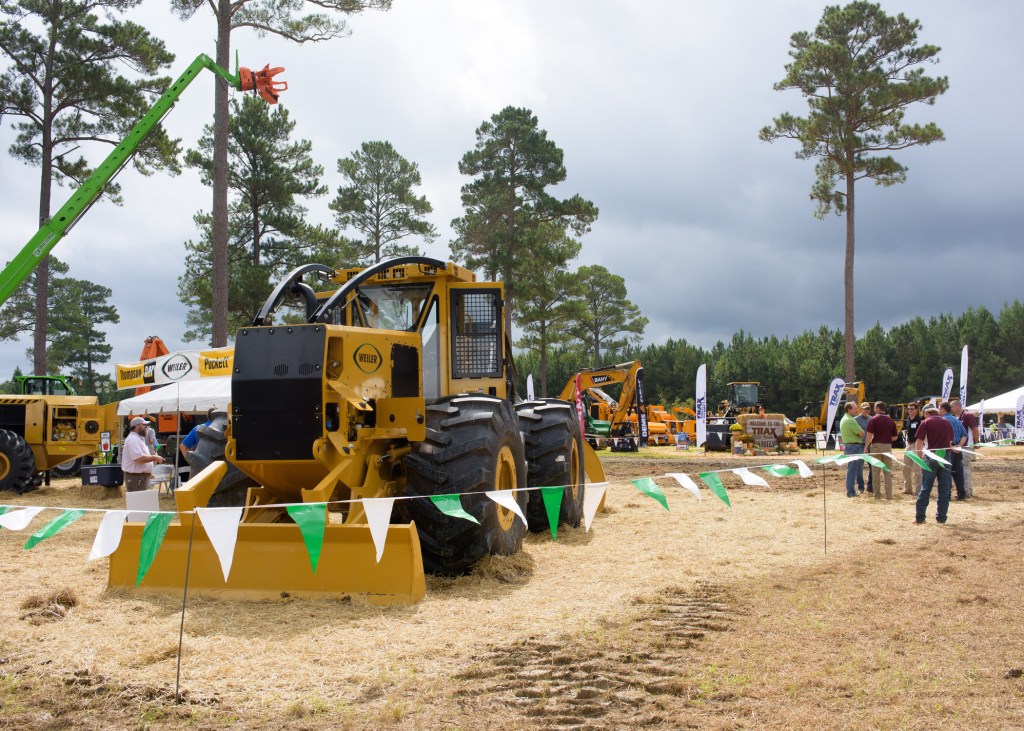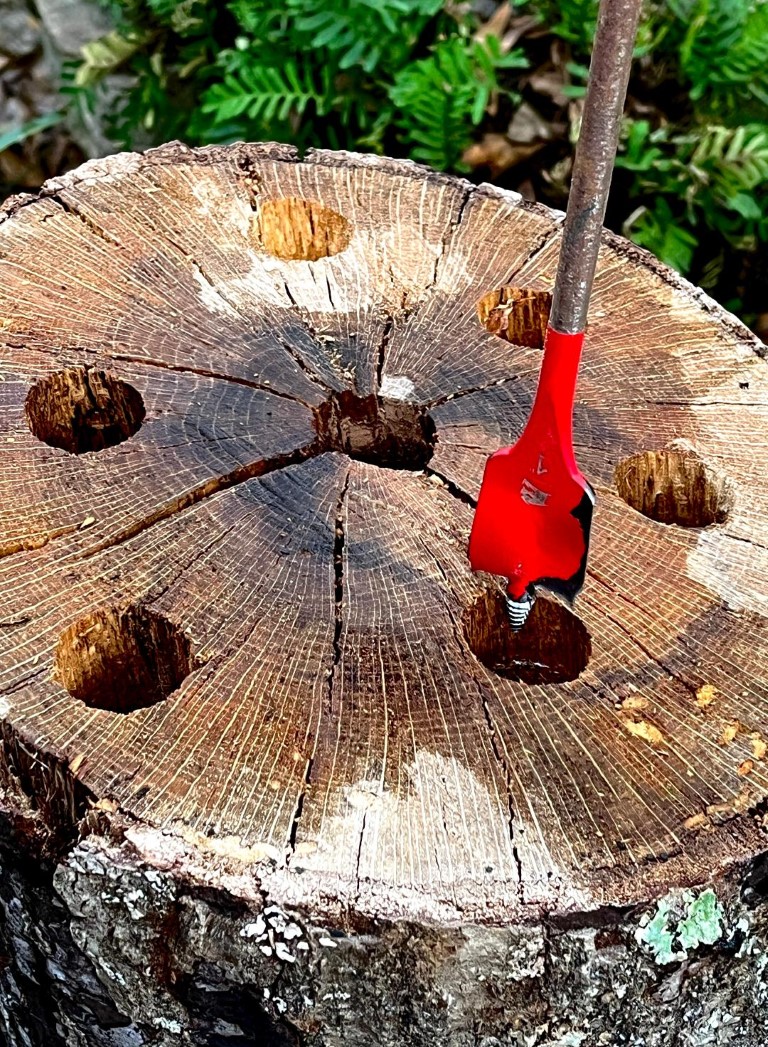High market prices boost Miss. timber values
Published 8:29 am Tuesday, December 21, 2021

- A front-end loader was one of many logging machines featured at the Mid-South Forestry Equipment Show. The showcase was held at the John W. Starr Memorial Forest in Starkville Sept. 17-18, 2021. (Photo by Kevin Hudson/MSU Extension Service) Alt text: A front end loader
By Nathan Gregory
MSU Extension Service
Forestry is the third largest agricultural commodity in Mississippi for the second straight year with a production value of nearly $1.29 billion in 2021, up 5.7% over last year.
For much of the year, homebuilders and handymen alike were lighter in their wallets after supply runs. Sawtimber prices, which reflect the rate of new home building, were higher in the third quarter of 2021 than the same timeframe a year before. Statewide stumpage price averages were $23.20 for pine sawtimber compared to $21 in 2020, $41.32 for oak sawtimber compared to $35.35, and $30.17 for mixed hardwood sawtimber compared to $25.20.
Shaun Tanger, Mississippi State University Extension Service forestry economics specialist, said most of the value of production increase could be attributed to high prices for pine sawtimber and pine chip-n-saw products. In mid-2021, the prices of both increased to their highest respective levels in over five years for the South.
“Delivered log prices have risen along with stumpage prices in the last two quarters for pine sawlogs,” Tanger said. “This is driven by tight inventories at the sawmills that are also trying to keep up with price volatility in lumber despite fairly steady increases in demand.
“According to Forest2Market, mills in the southern U.S. keep an average of about six days of log inventory on hand, so disruptions can affect the mills’ procurement costs as log costs can make up more than 70% of the total cost of the mills’ finished product,” he added. “Some weather-related supply constraints are also causing challenges.”
In timber-rich Mississippi, supply has not factored into the rise in prices nearly as much as overall demand, mill capacity and a need for more drivers to transport supplies. There are nearly 70 mills statewide, ranging from small, independent local facilities to sites affiliated with large corporations.
“Demand for lumber was high in the first half of the year,” said John Auel, recently retired MSU Extension forestry professor. “Prices have moderated a bit now but are still somewhat better than this time in 2020. There is an increase in demand for corrugated packaging as well.”
Industry stakeholders in the state have more reason for optimism going forward as four new mills are scheduled to go online in 2022. Enviva Biomass will begin wood pellet production at its Lucedale facility, while Idaho Forest Group has a sawmill in Lumberton scheduled to open in mid-2022.
In the northern part of the state, Mission Forest Products’ Corinth mill is also set to go online in 2022, as is the Biewer Lumber sawmill in Winona.
“The construction of several new mills and existing mill upgrades were the most important developments for Mississippi’s timber industry this year,” Tanger said. “The new mills in Corinth and Winona will help landowners and loggers in the northern part of the state. Enviva is considering a second pellet mill in Bond, Mississippi, and firms continue to approach me about site locations for various mill constructions.”
Forestry stands to benefit from the $1.2 trillion Infrastructure Investment and Jobs Act passed by U.S. legislators earlier this year, Tanger said, as the legislation helps get more timber haulers on the road. The act authorizes a pilot program allowing young drivers to cross state lines when operating trucks if they have completed required operational and safety trainings. The program also sets aside $2 billion to help manufactures improve energy and efficiency standards.
Timber harvesters and hauling companies who lost at least 10% in revenues in 2020 due to disruptions related to the COVID-19 pandemic are receiving compensation through the Pandemic Assistance for Timber Harvesters and Haulers program.
“The pandemic assistance program helped some loggers recover losses suffered, allowing them to stay in business and strengthen the logging industry,” Auel said. “The 2020 harvest, based on severance tax records, was higher than 2019, indicating that the industry was robust through the pandemic overall. However, some individual companies were obviously affected and needed assistance.”
For more information on forest economics, including timber price, taxation and marketing data, visit http://extension.msstate.edu/n





